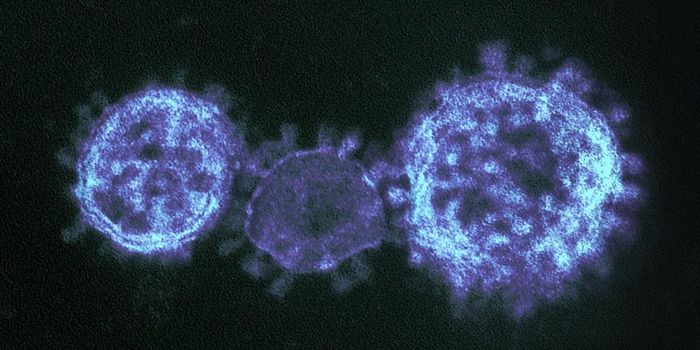Chemistry & Physics
Plant Nanobionics Produces Living Chemical Detection Plants
MAR 25, 2014 12:00 AM PDT
Share
The Infection-Fighting Powers of Honey
 Antibiotics have become increasingly less effective in the last few years, due in part to overuse and the subsequent resistance developed by bacteria. According to the CDC (Center for Disease Control and Prevention), bacteria that are resistant to most if not all antibiotics (commonly referred to as "superbugs") affect around two million people in the U.S. every year, causing the deaths of nearly 23,000 people.
Antibiotics have become increasingly less effective in the last few years, due in part to overuse and the subsequent resistance developed by bacteria. According to the CDC (Center for Disease Control and Prevention), bacteria that are resistant to most if not all antibiotics (commonly referred to as "superbugs") affect around two million people in the U.S. every year, causing the deaths of nearly 23,000 people.This problem is compounded by a lack of new generations of effective antibiotics in the research pipeline. However, there may be a simpler solution to the problem-and a sweet one at that.
Honey has long been known to have medicinal uses, and it has been used as a topical dressing in situations where conventional dressings were not available. Studies have shown honey is effective in fending off infections, but they have not fully addressed the reasons why. Research presented at the recent ACS (American Chemical Society) meeting has investigated more into the mechanisms of honey's effectiveness.
A group from Salve Regna University in Rhode Island has determined that honey works by fighting bacteria on multiple fronts. The high amounts of sugar in honey can draw water away from the bacteria through osmosis, eliminating the bacteria through dehydration. Honey contains anti-oxidants that further attack the bacteria. Higher acidity levels provide a hostile environment for bacteria. Finally, honey also retards the ability of bacteria to form continuous films.
The team was able to identify some of the various polyphenolic compounds that give honey its antioxidant properties, separate them, and test the antioxidant's effect on several different bacteria, including staphylococcus aureus and E. coli. While constituents can vary depending on the source of the honey, more commonly shared phenolics include caffeic acid, ellagic acid, p-coumaric acid, and a series of flavonoid compounds.
The effect on film forming may be through disruption of quorum sensing, a means for bacteria to communicate with each other. Quorum sensing is known in some bacteria to control toxin release, thus limiting quorum sensing also limits the ability of the bacteria to cause disease. This mechanism doesn't kill the bacteria, but it does make it easier to control with conventional antibiotics.
The one thing that honey does not do is affect the bacterial growth processes-which gives it an advantage over traditional antibiotics. Bacteria develop resistance to materials that attack these processes, thus causing the problems we are seeing today with overuse and the need to develop ever more complex antibiotics.
Should we all be setting up our own beehives? Not quite. While honey does have useful aspects, it has significant limits-for example, the variation between types of honey.
However, understanding the variety of mechanisms that honey uses to kill bacteria may give us better insight into effective drug development. By eliminating or reducing the mechanisms that cause bacteria to develop resistance, we may be able to create new generations of infection-fighting drugs with higher effectiveness and a longer lifespan.
Sometimes the solutions to our future problems are discovered by understanding the mechanisms of the past.
Sponsored by

You May Also Like
Loading Comments...








